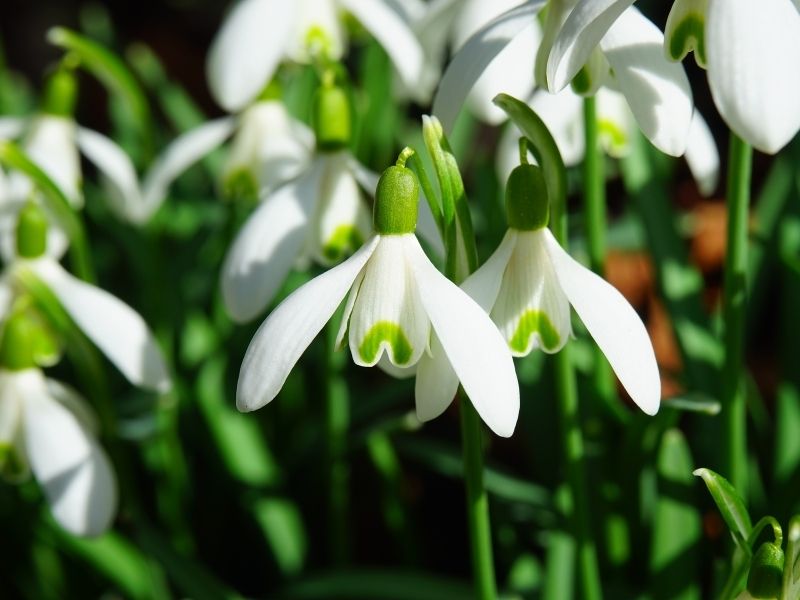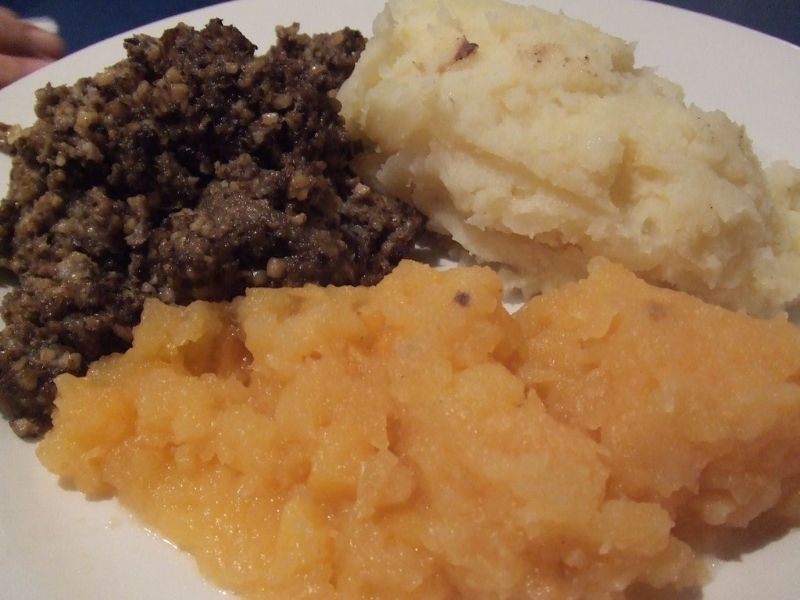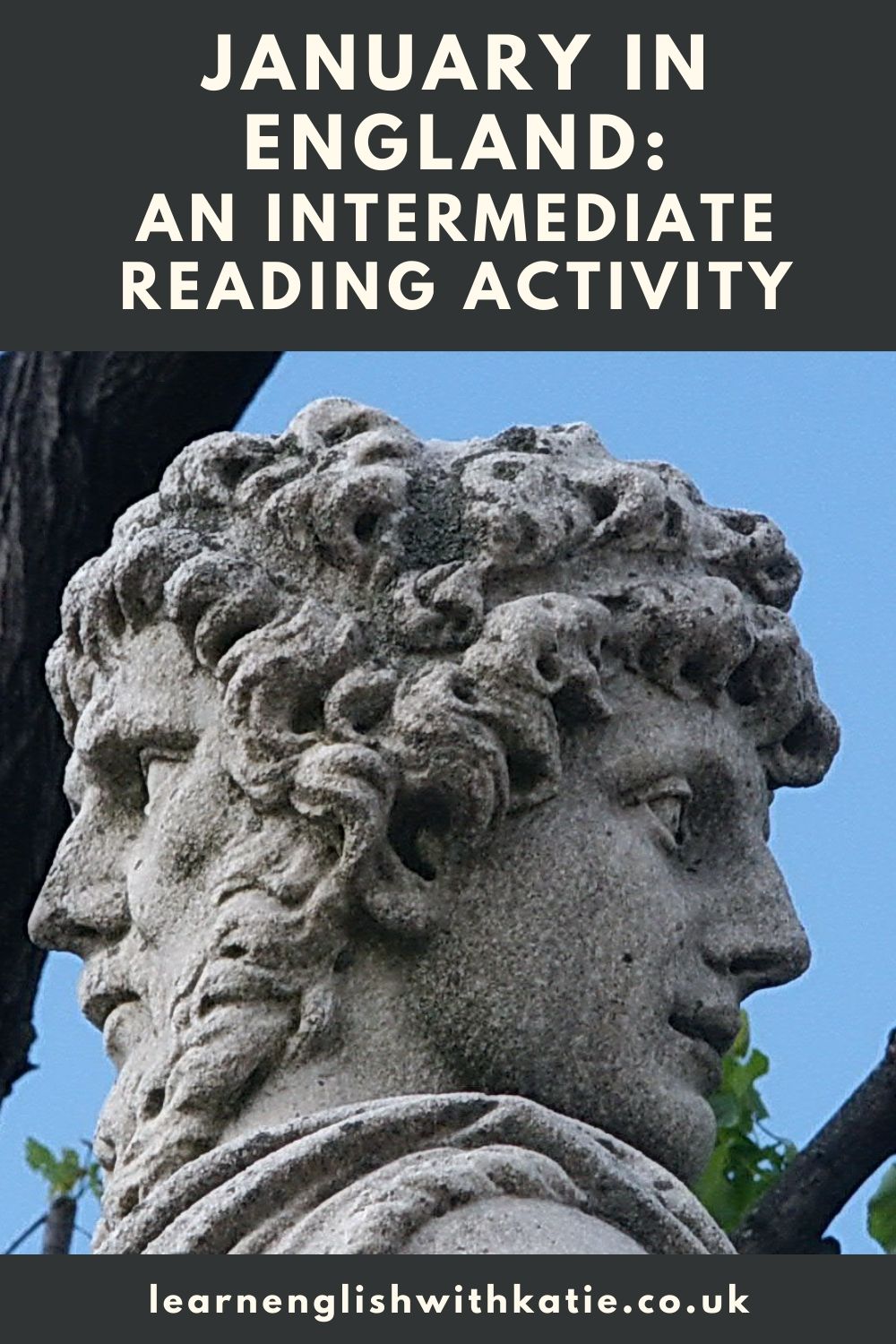|
This is the first month of the year and it has thirty-one days. January is named after Janus, the Roman god of doors, because January is the door into the new year. Janus was also the god of beginnings. He has two faces, one looking forward and the other looking back, so he can see both the past and the future. In January, we often look back on the year that has passed and forward to the new year ahead. January is usually the coldest month of the year. The mornings are often frosty and we sometimes have snow. The days gradually get slightly longer but they are still very short and it gets dark soon after 4 o’clock in the afternoon. Not much grows in the garden at this time of year but you might see some snowdrops by the end of the month. January 1st is New Year’s Day, and it’s a national holiday. People usually relax at home or go out for a walk with friends or family, as long as it’s not too cold or wet to go out. People often make New Year’s resolutions. This means that they decide to do something to improve themselves, such as lose weight, read more books, start a new hobby or give up smoking. The evening of January 5th is Twelfth Night. In the past, Christmas went on for twelve days so this was the last day of celebrations. There is a superstition which says it’s bad luck to leave Christmas decorations up after Twelfth Night so a lot of people take all their decorations down on this day. The third Monday in January is sometimes called Blue Monday, although this is a new idea invented by a travel company for publicity in 2005. It is said to be the most depressing day of the year! The weather is often bad, the excitement of Christmas has worn off and the credit card bill has arrived! We’ve put on weight over the holidays and we’ve already broken our New Year’s resolutions. On top of that, it’s a Monday, it’s cold and dark outside, and we have to go to work. In reality, there is no science to support this idea of the most depressing day! January 25th is Burns Night, the birthday of Scotland’s most famous and popular poet, Robert Burns, who lived over 200 years ago. This is celebrated mostly in Scotland but is also recognised in England, especially by Scottish people who live here or who have Scottish relatives. People eat haggis, which is like a big sausage made from a sheep’s stomach, with “neeps and tatties” (swede and potato)! They also read the poetry of Robert Burns and sometimes there is some traditional Scottish music and dancing. If you would like to learn more about English life, try my e-book, "A Year in England". It contains a text like this for each month, plus a vocabulary list and reading comprehension questions. There are also bonus sections about Christmas and Easter. Click the image below or visit my shop.
0 Comments
Your comment will be posted after it is approved.
Leave a Reply. |
About the blogFollow the blog for mini lessons and tips on how to improve your English. Categories
All
Archives
July 2024
|




 RSS Feed
RSS Feed
